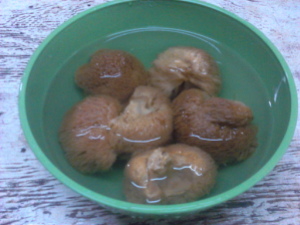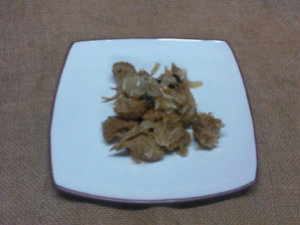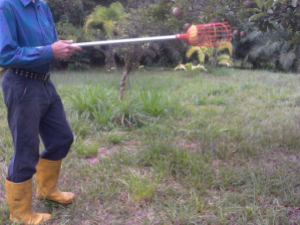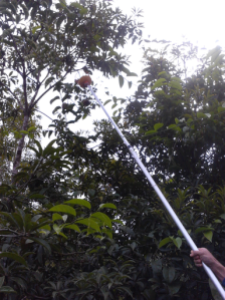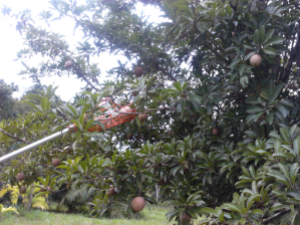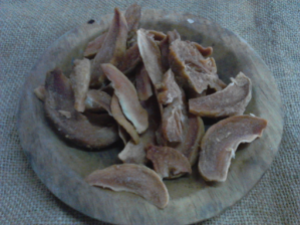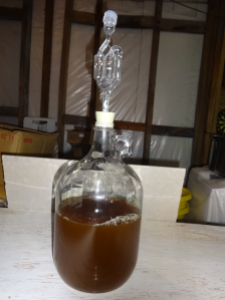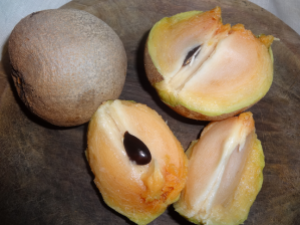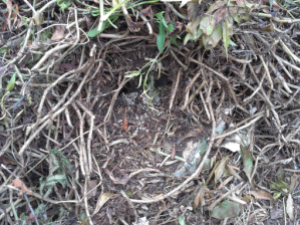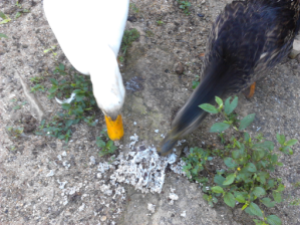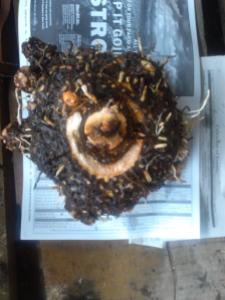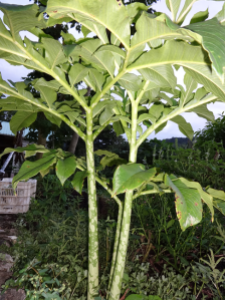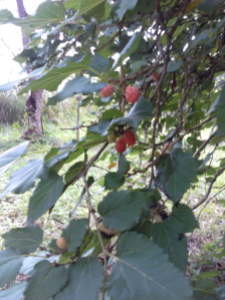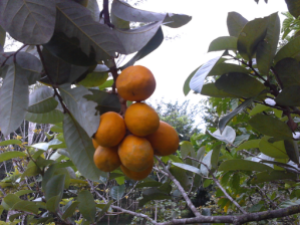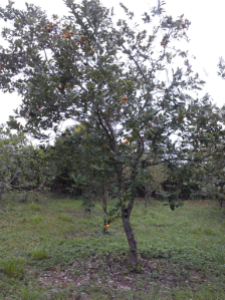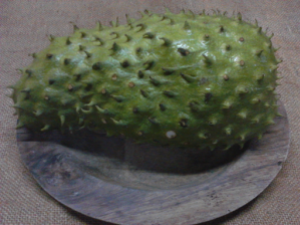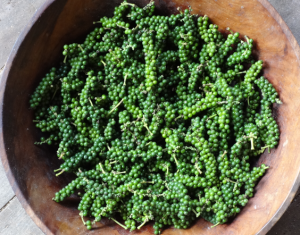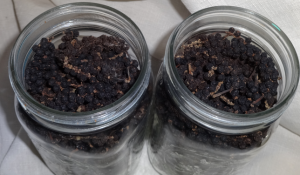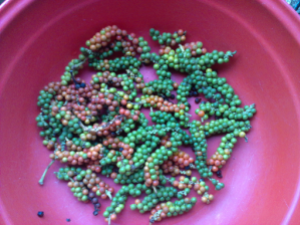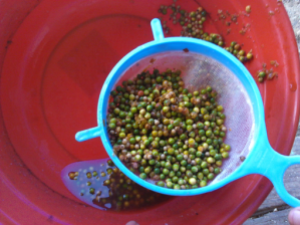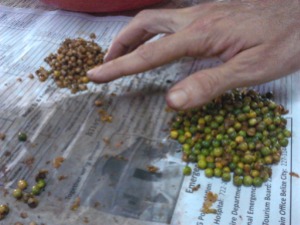
Pacaya is in season right now and is being sold in bunches at Punta Gorda Market. Don’t miss out on this delicacy because it is only harvested for a short time. These are the male inflorescences of the palm Chamaedorea tepejilote and are hand-picked in the wild rainforests of Toledo.
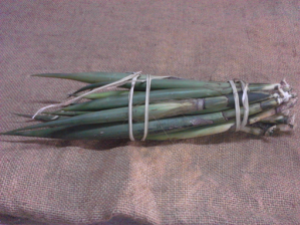
To prepare pacaya simply make a slit lengthwise (see upper picture) to reveal the flowers which are the edible part (lower picture).

The Mayans at the market recommend that I chop the pacaya into pieces and cook it with egg. I haven’t tried this yet. I actually boil the pacaya for about 5 minutes and then I drain the water. You can boil it for up to 20 minutes if you would like to remove the bitterness. I like the bitter taste and I think that it is part of the whole culinary experience.

I’ve been eating the pacaya with a dash of soya sauce served with a bowl of miso soup. This food has a crunchy texture with a pleasant bitterness.

I am sure you will find traditional recipes for pacaya on the Internet but if you are used to reading my Blog, you will be aware that I enjoy creating my own dishes. Next on the list is pacaya tempura…ooooh, can’t wait!!
 I wasn’t sure how to title this post because this particular mushroom has so many names including: Lion’s Mane Mushroom, Bearded Tooth Mushroom, Satyr’s Beard, Bearded Hedgehog Mushroom and Pom Pom mushroom. In Asian cuisine, it is known as Monkey Head Mushroom. I have never found this particular mushroom in the wild but luckily for us you can obtain it in the dried form from the Taiwanese Supermarket in Belize City. For a long time I had avoided these mushrooms because I did not know how to prepare them for cooking. The Chinese person at the supermarket would look about me dubiously (because I kinda look like a Chinese person but act like a “white person”) and shake her head at me,
I wasn’t sure how to title this post because this particular mushroom has so many names including: Lion’s Mane Mushroom, Bearded Tooth Mushroom, Satyr’s Beard, Bearded Hedgehog Mushroom and Pom Pom mushroom. In Asian cuisine, it is known as Monkey Head Mushroom. I have never found this particular mushroom in the wild but luckily for us you can obtain it in the dried form from the Taiwanese Supermarket in Belize City. For a long time I had avoided these mushrooms because I did not know how to prepare them for cooking. The Chinese person at the supermarket would look about me dubiously (because I kinda look like a Chinese person but act like a “white person”) and shake her head at me,